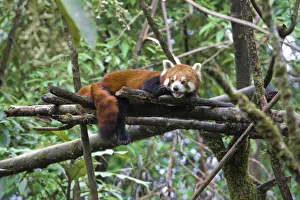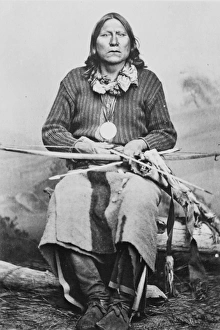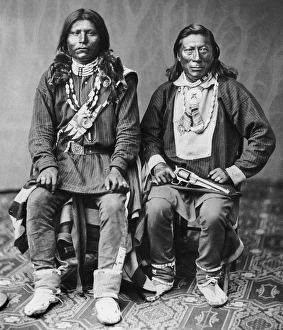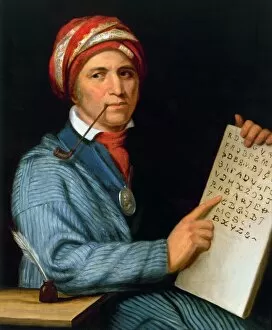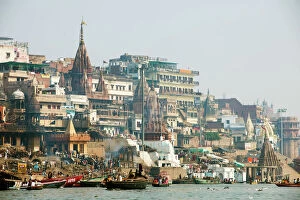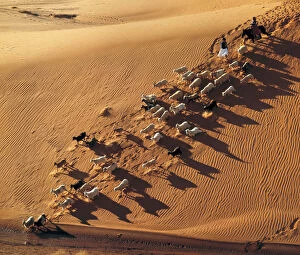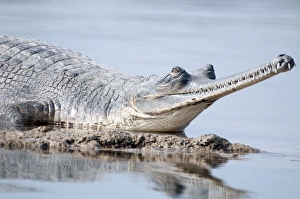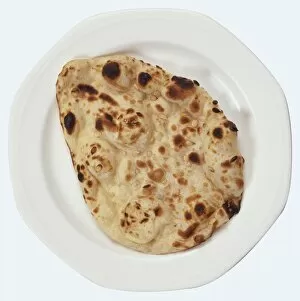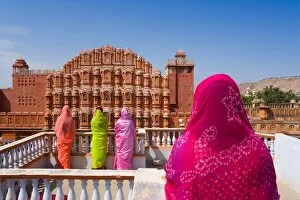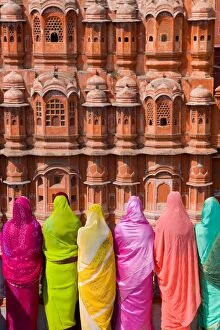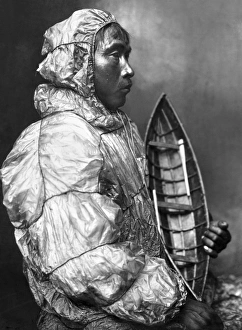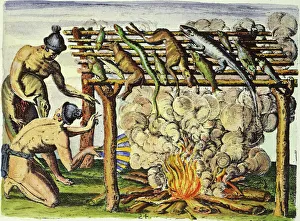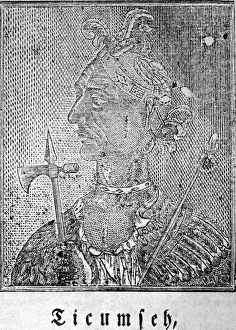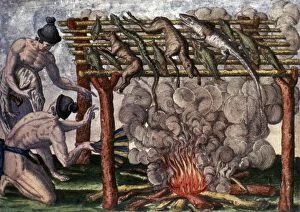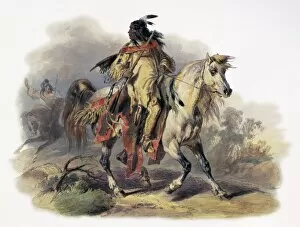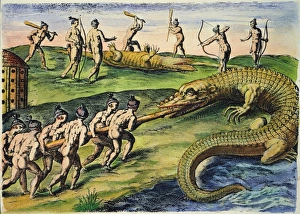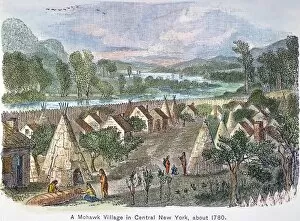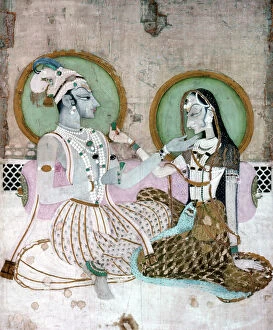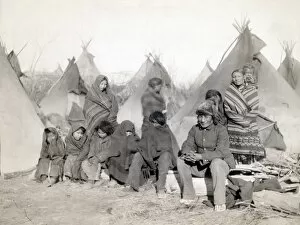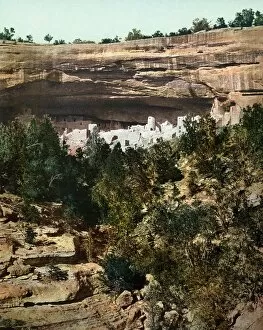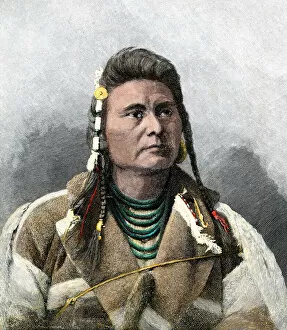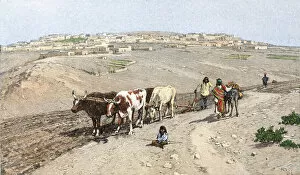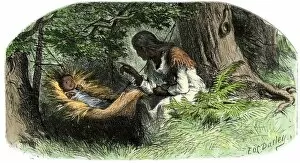Indian Collection (page 7)
"Exploring the Vibrant Tapestry Culture
All Professionally Made to Order for Quick Shipping
"Exploring the Vibrant Tapestry Culture: From Golden Temples to Ancient Art" Immerse yourself in the spiritual aura of India as you visit the awe-inspiring Sikh Golden Temple of Amritsar, nestled in Punjab. This architectural marvel, also known as The Harmandir Sahib, stands tall amidst the serene Amrit Sagar - a lake believed to be filled with divine nectar. Traveling eastward to Sikkim, discover the enchanting Kathok Wodsallin Gompa and its magnificent Padmasambhava statue. Be captivated by this sacred site that exudes tranquility and offers a glimpse into Buddhist traditions. Delve into history at Juna Mahal fort where hidden within its walls lie scenes from the Kama Sutra. Marvel at these intricate depictions that showcase love and passion through artistry. Embark on an extraordinary journey through time as you learn about Hannah Duston's daring escape from capture by Native Americans. Her story serves as a testament to resilience and survival in challenging circumstances. Uncover tales of eternal love depicted in Layla and Majnun's wilderness encounter with animals, showcased in a Khamsa (Quintet) masterpiece dating back to 1590-1600. Witness their passionate bond amidst nature's beauty. Trace the footsteps of colonialism with a glance at a 19th-century British Empire world map. Gain insights into how India was once part of this vast empire that shaped global history. Marvel at Diego Rivera's mural depicting pre-Columbian life during Mexico's Zapotec Civilization era. Admire his artistic prowess as he brings ancient cultures alive through vibrant colors and intricate details. Transport yourself back to Plymouth, Massachusetts, witnessing Jennie A. Brownscombe's oil painting capturing "The First Thanksgiving. " Experience gratitude alongside early settlers for bountiful harvests shared with Native American tribes who played an integral role in their survival.

